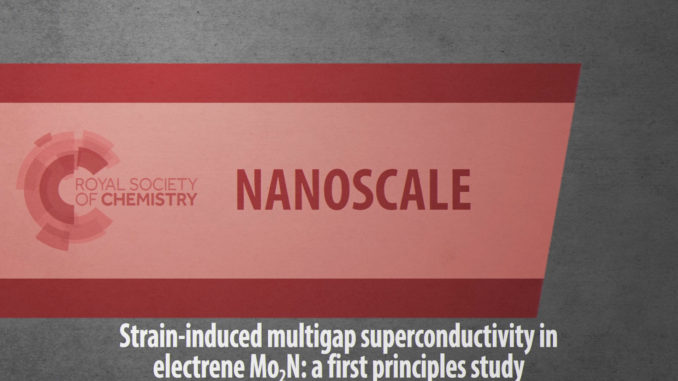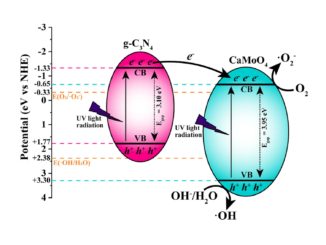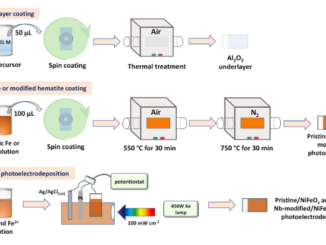
Strain-induced multigap superconductivity in electrene Mo2N: a first principles study
Abstract: Superconductivity in low dimensional materials and 2D electrides are topics of great interest with possible applications in next generation electronic devices. Using density functional theory (DFT) associated with Migdal-Eliashberg approach and maximally localized Wannier functions this study shows how biaxial strain affects superconductivity in a monolayer of Mo2N. Results indicate that 2D Mo2N presents strong electron–phonon coupling with large anisotropy in the superconducting energy gap. It is also proposed that, at low temperatures, a single layer of Mo2N becomes an electride with localized electron gas pockets on the surface, resembling anions adsorbed on an atomic sheet. Calculations point to Tc = 24.7 K, a record high transition temperature for this class of material at ambient pressure. Furthermore, it is shown that when biaxial strain is applied to a superconducting Mo2N monolayer, a new superconductivity gap starts at 2% strain and is enhanced by continuum strain, opening additional coupling channels.
Author(s): Pereira, Z.S. ; Faccin, G.M. ; Silva, E. Z.
Nanoscale
Published: 12 May 2022
DOI: https://doi.org/10.1039/D2NR00395C
CDMF
The CDMF, hosted at the Federal University of São Carlos (UFSCar), is one of the Research, Innovation and Dissemination Centers (RIDC) supported by the São Paulo State Research Support Foundation (Fapesp), and also receives investment from the National Council Scientific and Technological Development (CNPq), from the National Institute of Science and Technology of Materials in Nanotechnology (INCTMN).




